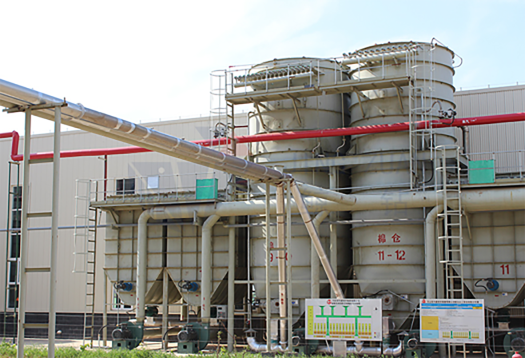
Dec . 14, 2024 11:05 Back to list
hpmc vs hec
HPMC vs HEC A Comparative Analysis
In the realm of pharmaceutical and cosmetic formulations, hydroxypropyl methylcellulose (HPMC) and hydroxyethyl cellulose (HEC) are two widely used polymers. Both of these cellulose derivatives serve as thickening agents, stabilizers, and film formers, yet they have distinct properties and applications that make them suitable for different purposes. This article aims to compare HPMC and HEC, examining their chemical structure, physical properties, and applications to provide a comprehensive understanding of these two important compounds.
Chemical Structure
HPMC is a cellulose ether with hydroxypropyl and methoxy groups attached to the cellulose backbone. This modification results in a polymer that is soluble in both hot and cold water, making it versatile for many applications. The degree of substitution (i.e., the number of hydroxypropyl and methoxy groups attached) affects its solubility and viscosity.
On the other hand, HEC is derived from cellulose through a reaction with ethylene oxide. It contains hydroxyethyl groups, enhancing its solubility in water at room temperature. The degree of substitution in HEC significantly influences its thickening properties and can be tailored for various applications.
Physical Properties
Both HPMC and HEC exhibit unique physical properties that are crucial in determining their functional performance in formulations.
HPMC has a higher solubility in hot water and tends to form gels at elevated temperatures. This property makes HPMC especially useful in applications that require temperature-dependent viscosity, such as in the preparation of controlled-release drug formulations. Additionally, HPMC can exhibit pseudoplastic behavior, meaning that its viscosity decreases under shear stress—an advantageous property for ease of use in formulations.
Conversely, HEC is more stable in a wide pH range and has a lower degree of viscosity change with temperature compared to HPMC. HEC tends to provide a more consistent thickening effect in various environments, making it an excellent choice for products that experience fluctuating conditions. Its excellent water retention properties also contribute to its efficacy in cosmetic and personal care applications.
hpmc vs hec

Applications
The applications of HPMC and HEC vary significantly due to their distinctive properties.
HPMC is predominantly used in the pharmaceutical industry, where it serves as a binder in tablet formulations, a thickener in suspensions, and a film former in coatings. It is particularly valued for its use in controlled-release drug delivery systems, where its gel-forming capability allows for the sustained release of active ingredients.
In the food industry, HPMC is used as a food additive, particularly in gluten-free formulations, providing an improved texture and moisture retention. Its ability to form a gel also makes HPMC suitable for use in various edible applications, including dressings and sauces.
HEC, on the other hand, finds extensive application in the cosmetic and personal care sectors. It is often utilized as a thickener in lotions, creams, and shampoos, providing a smooth, consistent texture while enhancing the product's stability. HEC is also a popular choice for industrial applications, such as in paints and coatings, where it serves to improve the consistency, usability, and performance of formulations.
Conclusion
Both HPMC and HEC have carved significant niches in various industries due to their unique properties and functionalities. HPMC, with its gel-forming abilities and temperature-dependent viscosity, is ideal for pharmaceutical applications and food products, while HEC’s stable thickening properties and versatility make it a favorite in cosmetics and industrial formulations.
When choosing between HPMC and HEC for a specific application, it is vital to consider the desired properties, such as solubility, viscosity, and stability. Understanding these differences enables manufacturers and formulators to select the most appropriate compound for their needs, ensuring optimal performance and efficacy in their products. As the demand for innovative formulations continues to grow, both HPMC and HEC will play crucial roles in shaping the future of many industries.
-
Versatile Hpmc Uses in Different Industries
NewsJun.19,2025
-
Redispersible Powder's Role in Enhancing Durability of Construction Products
NewsJun.19,2025
-
Hydroxyethyl Cellulose Applications Driving Green Industrial Processes
NewsJun.19,2025
-
Exploring Different Redispersible Polymer Powder
NewsJun.19,2025
-
Choosing the Right Mortar Bonding Agent
NewsJun.19,2025
-
Applications and Significance of China Hpmc in Modern Industries
NewsJun.19,2025







